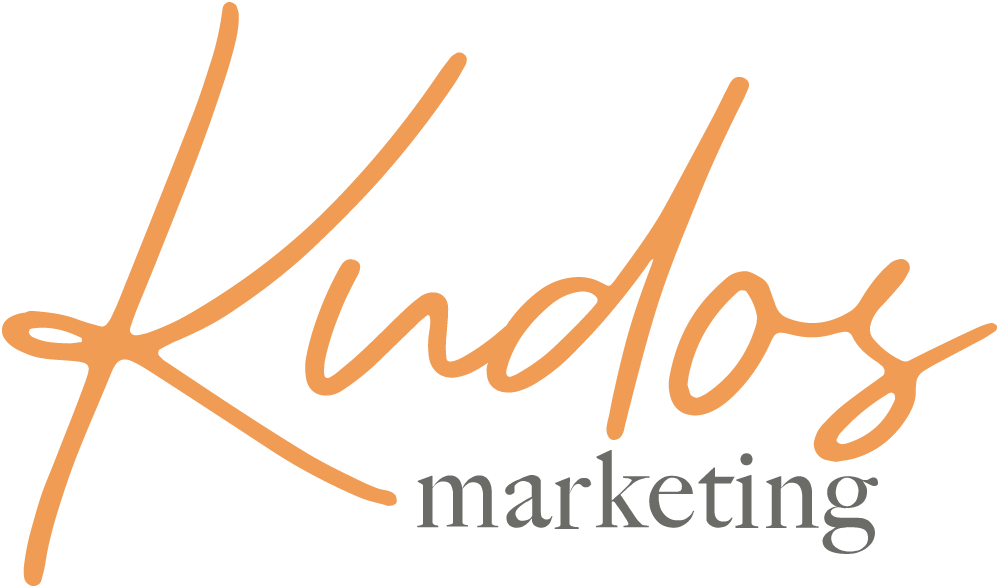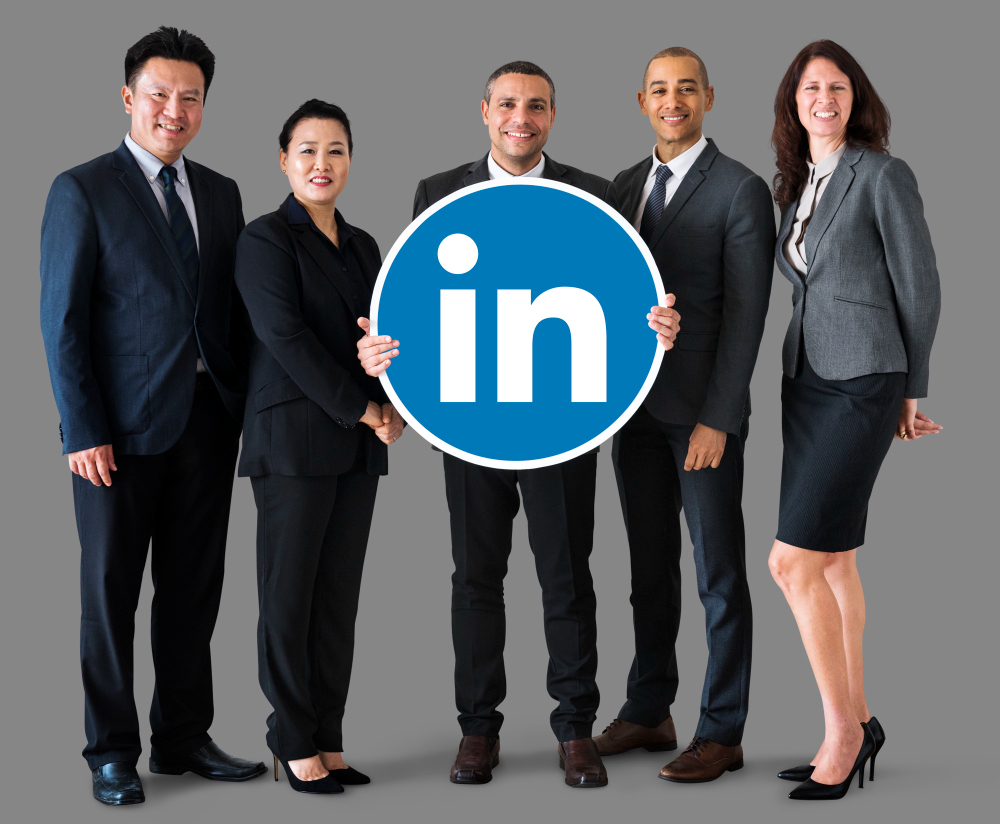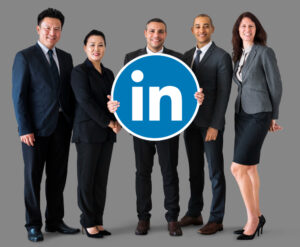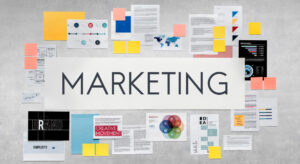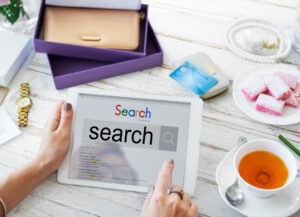LinkedIn Page Vs. Personal Page
If you own a business that has a heavy focus on marketing to other businesses (B2B), then this article is for you. If you own a business that markets to other businesses and you don’t have a LinkedIn (LI) Page – stop everything you’re doing and set one up. (Note: A LI Page represents an organization or business, a LI personal pages called profiles, represents an individual person. You must have a profile page before you can set up an organizational page.)
LinkedIn has become a huge opportunity for businesses to promote their services, connect with other businesses and garner awareness and support at a decision-making level. There are approximately 133 million users per month in the US alone and HubSpot found that LI is 277% more effective in generating business leads compared to Facebook and Twitter. In addition, B2B marketers report that 80% of their social media leads come directly from LI. The platform is completely different from other social platforms, so take time to familiarize yourself before you start posting.
LinkedIn is a professional networking site. It’s important that the content you post relates in some way to your profession. You will not find cute kitten pictures littering your feed on LinkedIn. Instead, you will find business articles, professional recommendations, recruitment opportunities, and much more.
How Do You Engage?
There are basics to engaging on this platform versus other social platforms. On LinkedIn, your community members are not called friends or followers; instead, they are considered connections. You have varying degrees of connections: The closer you are connected to a person, the more ways you can interact with him or her. For example, you cannot send a private message to someone who is not a 1st‐degree connection. The level of connections is noted next to a person’s name.
In LinkedIn, hashtags are used to categorize content and then share categories of content in groupings. You can search hashtags in LinkedIn and follow pages that interest you or are relevant to your business. As you create a post, hashtags also autogenerate at the bottom of your post based on the content of the post. If you post something on LI and use the appropriate hashtag categorizing content to that specific group, then in theory your post will display on that page and in that newsfeed. Following relevant pages and joining professional groups is a good way to quickly boost your engagement.
It is important to “connect” with your clients and business associates. Once they are connected to you on LI, as an Admin to your LI Page, you can then invite them to follow your business page. Once connected, make sure to comment and engage with their content also. My rule of thumb for clients is to set two days aside to interact with others on social media versus just posting new content.
When posting content, it is important to remember to keep it professional. Consider following your favorite business publications and reposting articles that are relevant and of interest to you. When reposting, share your thoughts on the article personalizing that content even further. For more general posts, a post with an image will always receive greater engagement than a post without an image.
Conclusion
This article covered the basics of using LI for B2B marketing. There is a lot we did not cover here such as publishing articles and properly using @ mentions. It is always important to remember that social media is supposed to be a fun, casual form of communication. Keep your tone light and professional.
Kudos Marketing offers a virtual and in-person LI seminar that covers all these components and much more. Depending on the level of the group, we can take them through a step-by-step tutorial on how to set up their personal pages too.
